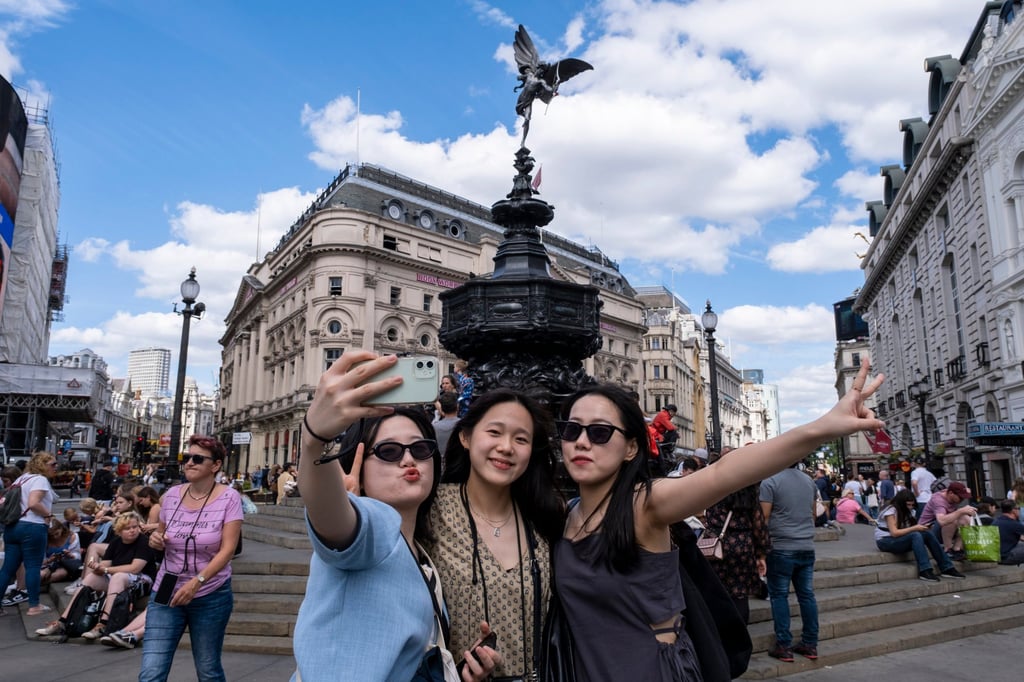Travel
Opinion | China’s tourism policy must now go beyond visa-free travel

Despite China’s positive moves to reconnect with the world, however, tourist arrivals still lag behind pre-Covid levels. In 2019, for instance, almost 98 million foreign visitors entered and left China.
On a trip this week to London and Beijing, I noticed a stark contrast in the number of foreigners in both cities; Beijing had far fewer visitors, even when compared to itself in 2019. While China has taken a positive first step in reconnecting with the world, more concrete actions beyond visa-free travel are necessary.
China’s internet firewall has left it disconnected from the world in many ways, including having an online payment system that is not widely recognised and accepted for global travel. To attract more foreigners, China must reconnect its unique online payment system with the world’s.

Secondly, interaction is crucial in bridging the gap between China and the rest of the world. Seeing is believing – witnessing something first-hand is more powerful than reading about it in the media. When people interact, it allows Chinese to better understand the changes outside the country since the pandemic and foreign tourists to see a China different from what they may have read about in the media.
For example, before my trip to London, I changed some money into sterling and carried cash, only to discover that London has become a largely cashless city. Even ice cream vendors often did not accept cash, and credit cards can be used directly on the Tube like Octopus cards in Hong Kong. All types of tickets can also be bought online via Apple Pay.
For Chinese travellers, London’s online payment system differs from China’s approach of developing and depending on WeChat Pay or Alipay. Exploring the world can narrow the gap of understanding between China and the rest of the world.
Thirdly, the interaction must be two-way: the inflow and outflow of tourists are equally important. Breaking down the barriers of travelling is essential to China reconnecting with the world.

In London, Chinese tourists are starting to return, but many seem to be children, such as students on summer programmes. The China Tourism Academy expects outbound trips from China to reach 130 million this year, after last year’s tepid growth.
It is remarkable to see how London, as a truly international metropolis, attracts tourists from a wide range of countries and backgrounds. During my visit to Britain, I met people not only from Europe but also from Latin America, Central Asia and Africa.
Though it was not part of China’s brand campaign for tourism, the “city or not city” meme has sparked the interest of many people and is a positive step towards bringing foreigners back to China.
Revitalising China’s inbound and outbound tourism is an essential way to reconnect with the world, and the positive moves are encouraging. But China needs to do more to attract and retain the interest of international tourists.
Ningrong Liu is associate vice-president at the University of Hong Kong, and the founding director of HKU Institute for China Business









